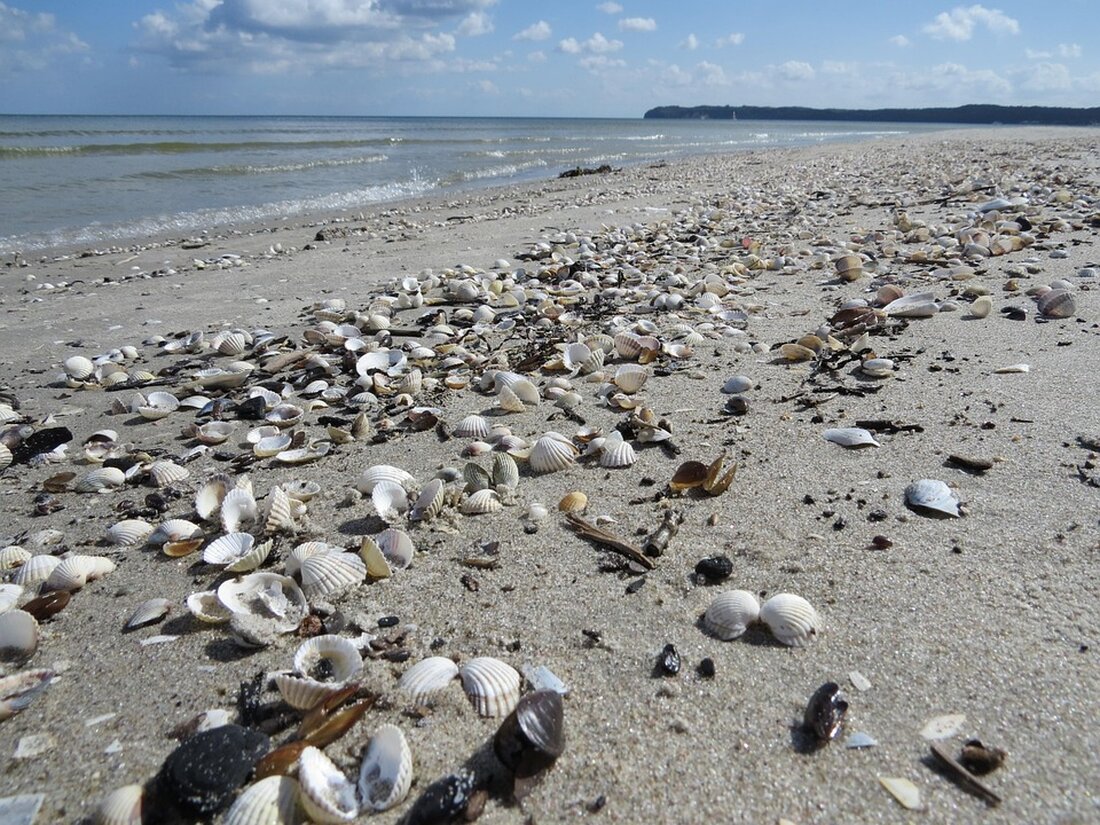Prora: From a Nazi holiday dream to an orphaned tourist resort
Discover the history of Prora on the Baltic Sea: from the Nazi model facility to a modern holiday destination with challenges.

Prora: From a Nazi holiday dream to an orphaned tourist resort
The Baltic Sea, a popular travel destination for German holidaymakers, offers numerous beaches, impressive nature and a wide range of wellness options. In recent years it has developed into one of the preferred holiday destinations, with around 1.4 million tourists visiting the Baltic Sea islands of Rügen and Hiddensee in 2022. A special but controversial attraction is the Prora holiday resort near Binz. This is a former KdF complex, whose history is often only of marginal interest to many travelers. Derwesten.de reports that Prora is largely avoided by holidaymakers, which is not surprising given the heavy burden of history that the place carries.
The KdF complex was originally planned on May 2, 1936 by the National Socialist organization Kraft durch Freude. The impressive complex, designed by architect Clemens Klotz, was intended to accommodate 20,000 people and had 10,000 simply furnished rooms, all with sea views. The construction costs were estimated at around 237 million Reichsmarks, which would be equivalent to around 850 million euros today. But the Second World War prevented it from being used as a holiday resort, and construction work was stopped in 1939 after only the shell had been completed. Instead, the area was used for military purposes, including as a training facility and hospital. Ndr.de adds that the Red Army blew up parts of the north wing in 1945, but they were not completely destroyed.
The eventful history of Prora
After the war, Prora served as a barracks for the National People's Army (NVA) and to accommodate displaced people. Parts of the facility were used by the Red Army until 1953, when the Bundeswehr took control in 1990. The facility was abandoned in 1992 and the site was open to the public from 1993. In 1994 Prora received monument protection. In the following years, several museums and exhibitions were created that document the history of the place, including the Prora Documentation Center from 2000.
Although Prora is now recognized as a resort town - a decision made in 2018 - visitor numbers have decreased in recent years. According to “Immonet”, the average price for real estate in Prora is 5,741 euros per square meter. Shops such as cafes and restaurants remain active, but tourism development remains below expectations. Plans for a family hotel and museum have stalled, and in 2024 the Prora Center filed for bankruptcy. Most of the complex's blocks remain empty, while some business owners, such as Mohammed Ali Abid, who sells ice cream, and the operators of the Patcus cafe, remain optimistic and emphasize the warm welcome from guests.
With the opening of a youth hostel in 2011, which is the largest in Mecklenburg-Western Pomerania with 100 rooms and 400 beds, and the renovation of some parts of the facility, an attempt was made to increase its tourist appeal. But the mix of history, property protection and naval appeal shows that challenges for Prora remain.

 Suche
Suche
 Mein Konto
Mein Konto